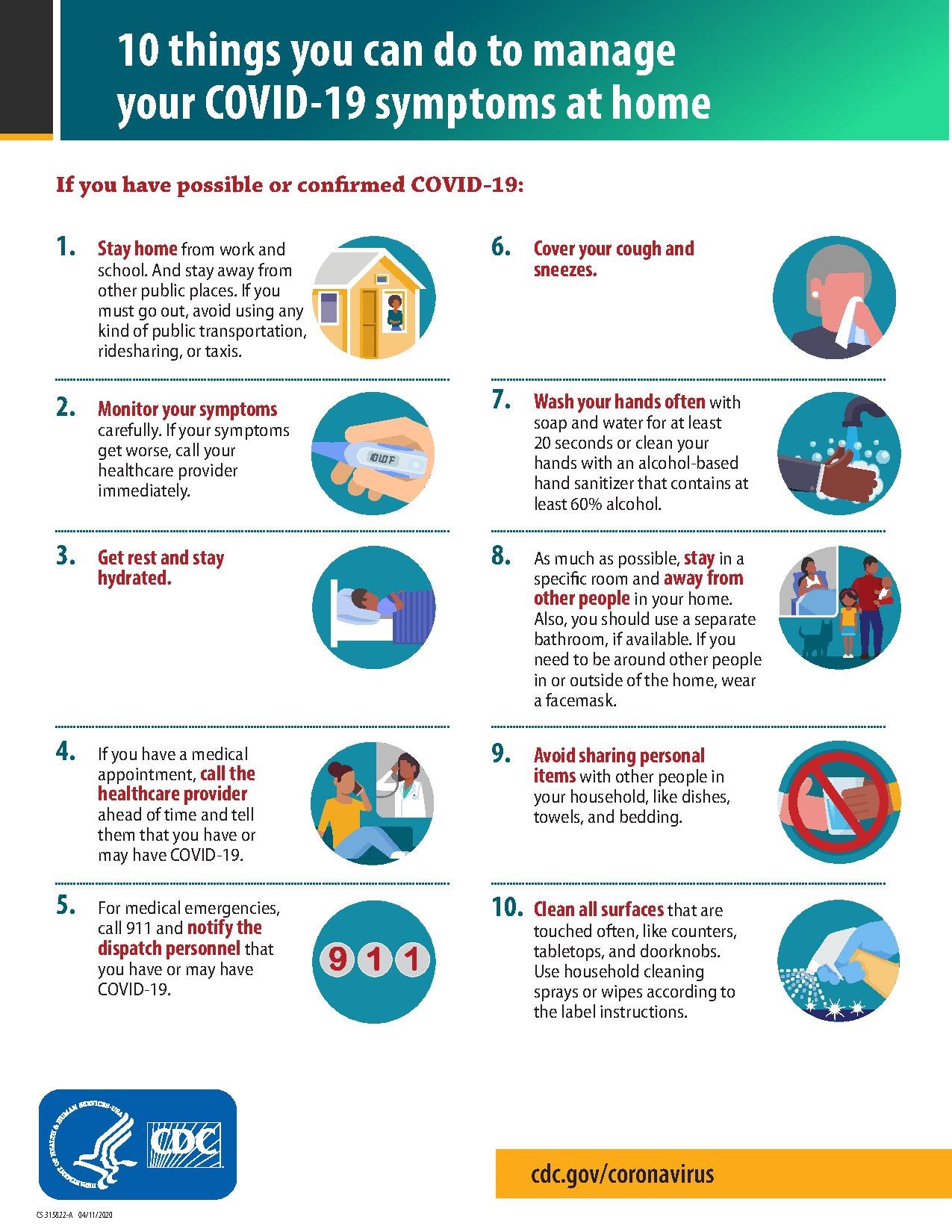Restoring walls after major vandalism or graffiti starts with evaluating the damage. You’ll need to gather cleaning supplies, protective gear, and patching materials. Clean the walls using warm soapy water or commercial graffiti removers for older marks. Once cleaned, check for cracks or holes and fill them with spackling compound. Lightly sand the areas after they dry for a smooth finish. Finally, prime and paint the surfaces to match the original color. To guarantee the space remains vibrant, consider measures to prevent future vandalism. Stick around to discover more effective restoration and prevention techniques.
Assessing the Damage
When you encounter vandalism on your walls, the first step is to carefully assess the damage.
Look closely at the extent of the graffiti or markings and take note of any cracks or peeling paint that may have resulted.

Check if the surface material is compromised, as this will affect your restoration process.
Take a moment to document the damage with photos; this can help in planning your next steps and may be necessary for reporting or insurance purposes.
Consider how this impacts the community and the people you serve.
Remember, your goal isn’t just to restore the walls but to uplift the space and those who interact with it.
Your assessment lays the foundation for a successful restoration.
Gathering Necessary Supplies
As you prepare to restore the vandalized walls, gathering the right supplies is essential for a successful outcome. Start by collecting cleaning agents like graffiti removers, degreasers, and sponges.
You’ll also need protective gear, such as gloves, goggles, and masks, to guarantee your safety while working. For patching any damaged areas, have spackling compound, putty knives, and sandpaper on hand.
If you plan to repaint, choose high-quality paint and brushes or rollers that suit the wall’s surface. Don’t forget drop cloths to protect the surrounding areas.
Having all these supplies ready will help you work efficiently and effectively, allowing you to restore the walls and contribute positively to your community’s environment. Remember, your efforts make a difference!
Preparing the Surface
With your supplies gathered, the next step is preparing the surface for restoration.
Start by evaluating the damage; identify areas that need repair, like cracks or holes. For minor imperfections, you can use a putty knife to fill them with spackle or joint compound. Make certain to smooth it out, so it blends seamlessly with the surrounding wall.
If the surface is uneven, consider sanding it down for a uniform finish. Once you’ve filled and smoothed any damaged areas, wipe the surface with a damp cloth to remove dust and debris. This guarantees your restoration materials adhere properly.
Taking the time to prepare the surface will help you achieve a beautiful, lasting result that serves your community well.
Cleaning Techniques
Before you start restoring the walls, it’s important to clean the surface thoroughly to guarantee the best results.
Begin by gathering your supplies: a power washer or sponge, water, and a suitable cleaning solution. If the graffiti is fresh, use warm, soapy water for easy removal. For older marks, opt for a commercial graffiti remover or a mixture of vinegar and baking soda.
Apply the solution generously, allowing it to sit for a few minutes to break down the paint. Use a scrub brush or sponge to scrub the area gently, ensuring you don’t damage the wall. Rinse well with clean water to eliminate any residue.
This meticulous cleaning will create a solid foundation for the upcoming restoration process.
Repairing Wall Damage
Once you’ve cleaned the walls, you can start repairing any damage left behind by the vandalism.
Begin by inspecting the surface for holes, cracks, or peeling paint. Use a patching compound to fill in any holes and smooth out imperfections; this will help restore the wall’s integrity.
For larger cracks, apply a flexible filler to guarantee it holds up over time. Once dry, sand the patched areas lightly to create a smooth finish.
Next, prime the repaired spots to help the paint adhere better. Finally, choose a paint color that matches the original wall and apply it evenly.
This not only enhances the space but also shows your commitment to nurturing the community and restoring its beauty.
Preventing Future Vandalism
While you can’t completely eliminate the risk of vandalism, there are effective strategies to discourage it in your community.
Start by fostering a sense of ownership; engage neighbors in community clean-up events or mural projects that beautify shared spaces.
Install good lighting and cambridge house cleaners security cameras, as they not only deter vandals but also promote a safer environment. Encourage local businesses to adopt similar measures.
Creating a community watch program can empower residents to look out for one another.
Additionally, promptly report any vandalism to the authorities to show that your community won’t tolerate such behavior.
Conclusion
Restoring walls after vandalism can feel overwhelming, but it’s a chance to rejuvenate your space. Just as graffiti can mar a beautiful surface, your efforts can transform it back to its former glory. By evaluating the damage and carefully preparing the surface, you’re not only repairing physical harm but also reclaiming your environment. It’s a powerful reminder: while destruction can happen in an instant, restoration takes time, patience, and determination, ultimately leading to a renewed sense of pride.